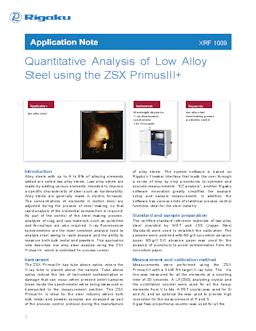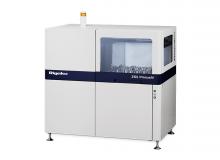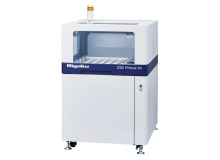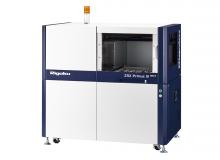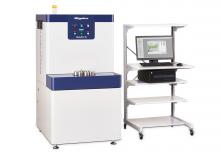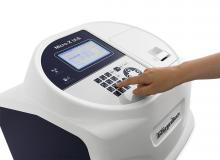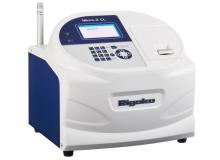Background
Alloy steels with up to 4 to 8% of alloying elements added are called low alloy steels. Low alloy steels are made by adding various elements intended to improve a specific characteristic of steel such as hardenability. Alloy steels are generally made in electric furnaces. The concentrations of elements in molten steel are adjusted during the process of steel making, so that rapid analysis of the elemental composition is required. As part of the control of the steel making process, analyses of slag and raw materials such as quicklime and ferroalloys are also required. X-ray fluorescence spectrometers are the most common analysis tools to analyze steel owing to rapid analysis and the ability to measure both bulk metal and powders. This application note describes low alloy steel analysis using the ZSX PrimusIII+, which is optimized for process control. The certified standard reference materials of low alloy steel provided by NIST and JSS (Japan Steel Standard) were used to establish the calibration. The samples were polished with 80-grit corundum abrasive paper. 80-grit SiC abrasive paper was used for the analysis of aluminum to avoid contamination from the corundum paper.
WDXRF Products from Rigaku
Benchtop tube below sequential WDXRF spectrometer analyzes O through U in solids, liquids and powders
High power, tube above, sequential WDXRF spectrometer with new ZSX Guidance expert system software
High-power, tube-below, sequential WDXRF spectrometer with new ZSX Guidance expert system software
Affordable, high-end, tube-above Industrial WDXRF for the analysis of solid samples
High-throughput tube-above multi-channel simultaneous WDXRF spectrometer analyzes Be through U

